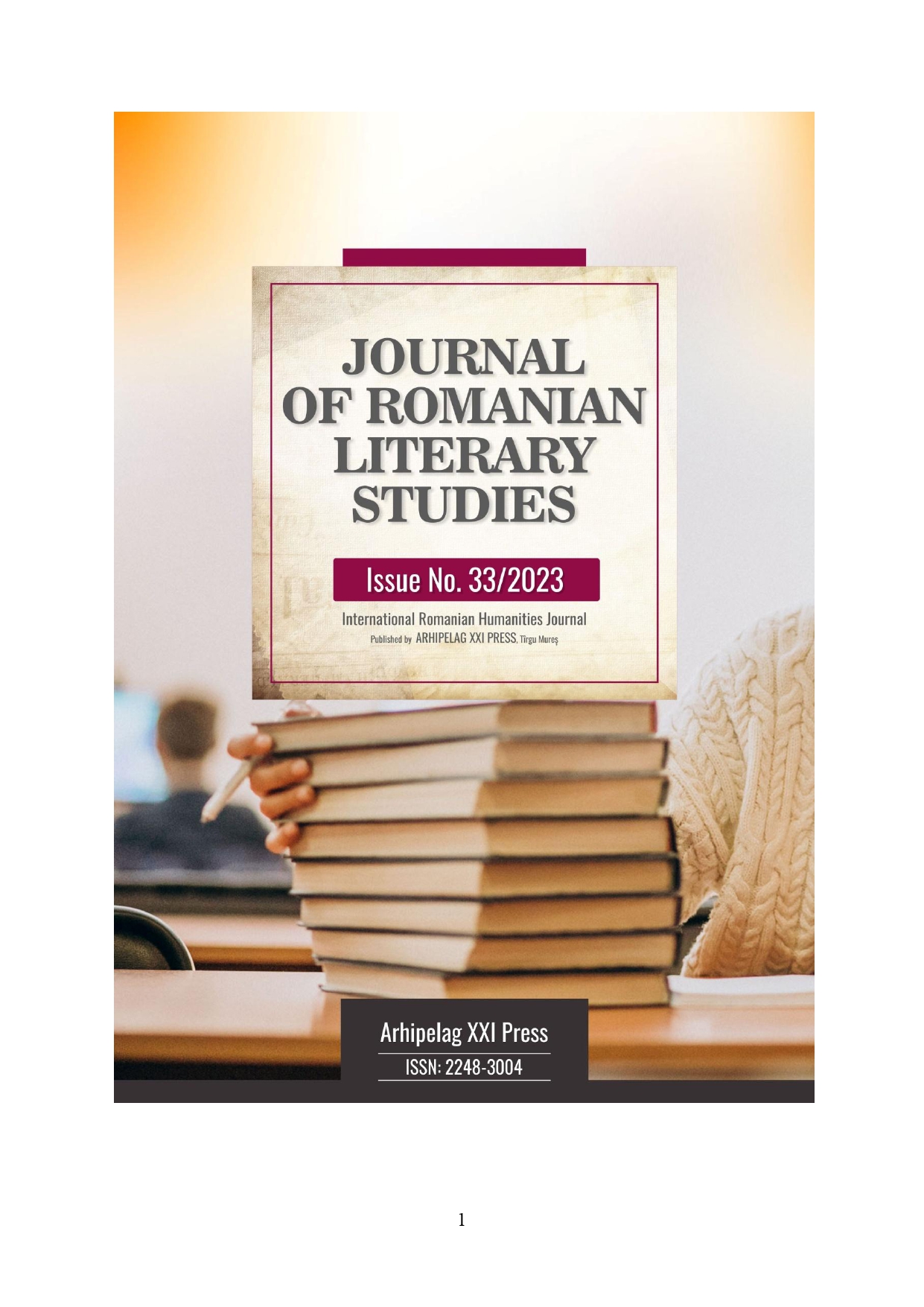ROMA IMAGOLOGY IN THE ROMANIAN WAR NOVEL OF THE INTERWAR PERIOD
ROMA IMAGOLOGY IN THE ROMANIAN WAR NOVEL OF THE INTERWAR PERIOD
Author(s): Iuliana-Gabriela Blăjan (Popa)Subject(s): Ethnohistory, Novel, Romanian Literature, Interwar Period (1920 - 1939), Philology, Theory of Literature
Published by: Editura Arhipelag XXI
Keywords: Roma imagery; otherness; discrimination; misperceptions; ethnic mythology;
Summary/Abstract: A figure strongly used as a representation in the narrative body of the novels thematically dedicated to the First World War belongs to the millennial slave, whose imagological configuration quasi-monopolizes reproachable attitudes and behaviors, with predominantly negative connotations. Although the exonym "Gypsy" remains an overly tabooed noun in discourses on otherness, in the narrative syntax of these novels its use has a double symbolic value, each equally important, also because it justifies the choice of the exonym "Gypsy" over the ethnonym "Roma". On the one hand, in the artistic imagery of these novels, the exonym consistently attached to the character undoubtedly perpetuates specific myths, symbols, negative clichés and utopias; on the other, it serves as testimonial evidence of the prejudices associated with this minority ethnic group, regularly subjected to hostile, derogatory perceptions. The writers of the period in question not only plasticize anachronistic mental patterns existing in the social frameworks of the time, preferring a certain interpretative model of the subject in question, but also propagate, through their artistic work, an artificially simplified imagology of Gypsy identity. Although the ethnicity of the Gypsy/Roma is an ignored or peripheralised subject in humanist scholarly research in the native area, it is by no means irrelevant. The present study identifies the way in which Gypsy otherness is constructed in the source novels from type-images, through imagological connections between social, historical and mythological imaginaries. As a result, the literary-artistic imaginary demonstrates both the interdisciplinarity of the subject, through the indestructible link between history and literature, as well as the largely unchanged framework in which Roma imagology is fixed.
Journal: Journal of Romanian Literary Studies
- Issue Year: 2023
- Issue No: 33
- Page Range: 498-510
- Page Count: 13
- Language: Romanian

